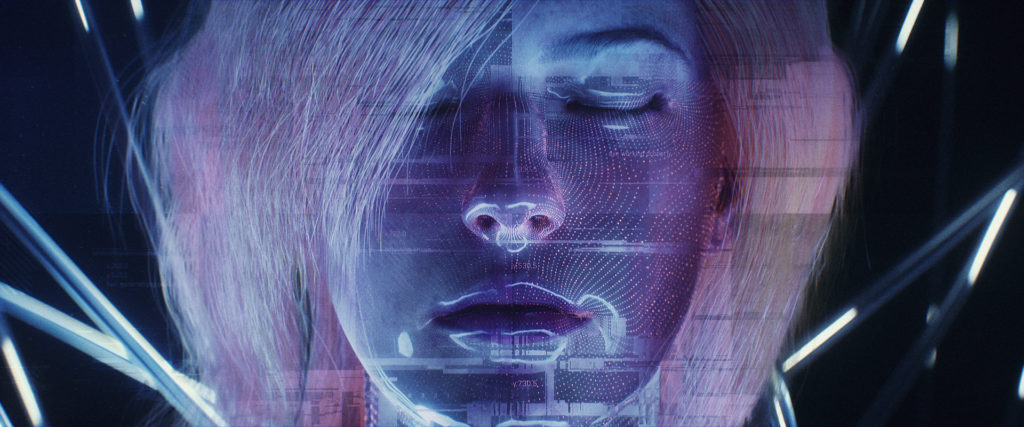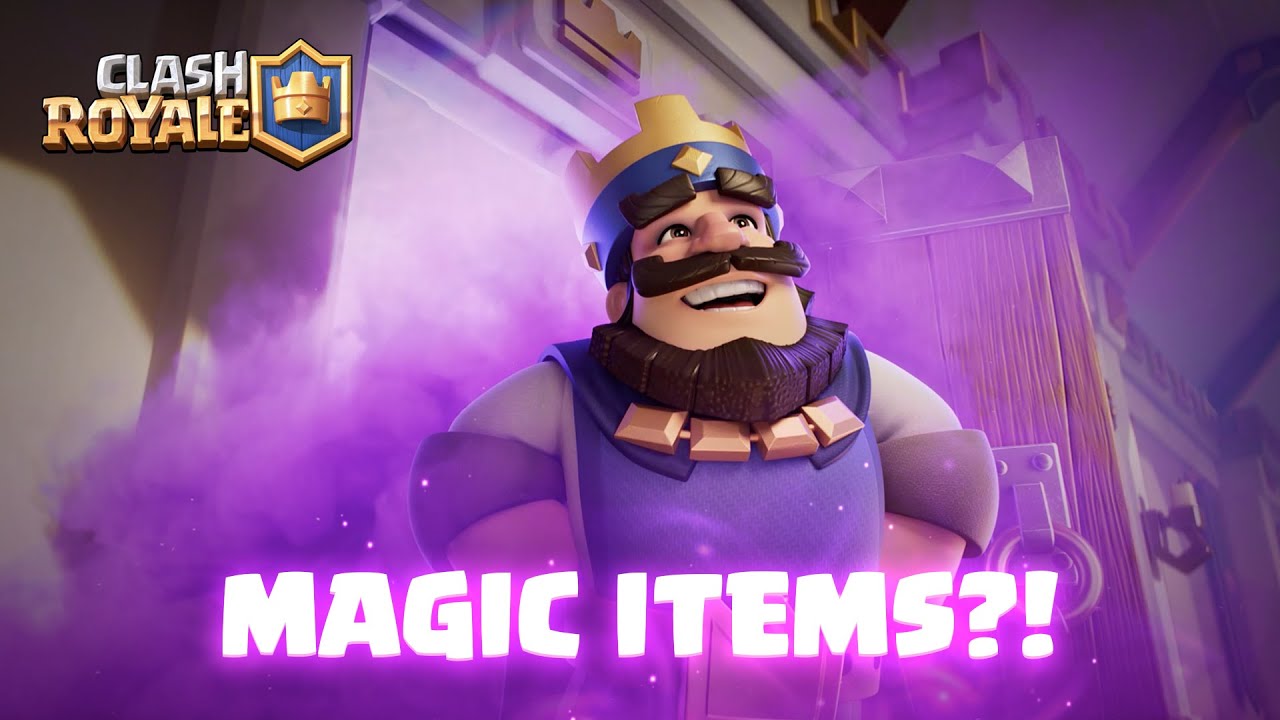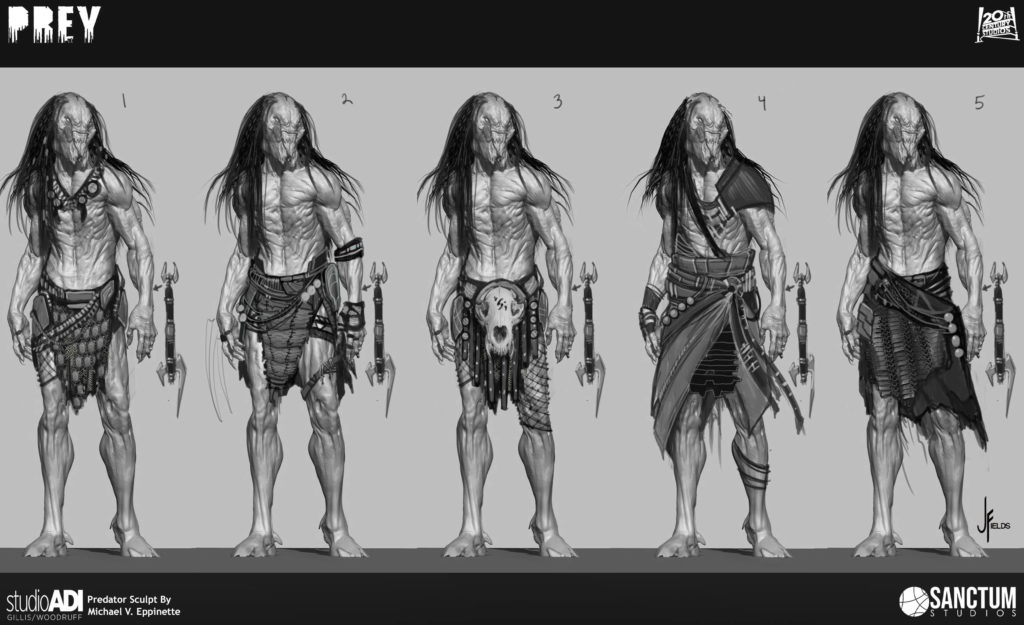
Antibody’s Patrick Clair on the making of the titles for HBO’s Westworld season 3, including visuals generated by an AI neural network.
By Meleah Maynard
TV series titles don’t usually need updating from season to season. But with the hosts leaving the theme park to head out into the real world in Westworld’s season 3, the time was right to make a change. Asking the question, “What would it look like for a machine to look back on the world of Westworld’s first two seasons, Antibody collaborated with AI Fiction to create “machine dreams” for the title sequence, which explores what the characters go through as they struggle with their new freedom.
Antibody’s Raoul Marks led the design team and supervised the creative from conception through the final polishing of every shot. Patrick Clair served as creative director, and it was his idea to incorporate a neural network into the team’s creative pipeline, which also included Cinema 4D, ZBrush, After Effects and Octane.
Here Clair explains the making of the haunting title sequence, which he describes as a “collaboration between man and machine.”
You’ve created many high-profile title sequences for shows, including True Detective and The Man in the High Castle. What is it about titles that interests you?
I like that they combine design with storytelling. We are designers by trade, but we’re interested in more than just aesthetics. Titles involve themes, symbols, characters, worlds and stories, and they are more poetic and abstract than live action. We’re very lucky to get to come in at the end of a long development process and speak to show runners about the extremely complicated worlds they have created. They are screen writers by trade and, often, they’ve spent years working on those stories. As curious, imaginative people, they’re very concerned with what drives people and makes a world interesting. We get to stand on their shoulders and express all of that smart stuff visually.
The best title sequences are always the ones where the showrunners take the time to work with us. We have fascinating discussions when they are really engaged in the process, and that makes whatever we’re working on a genuine collaboration. I can’t say strongly enough how wonderful it is to collaborate with the team at HBO. They’re all very generous, patient and enthusiastic creative people to work with, and it’s such an absolute pleasure for us.

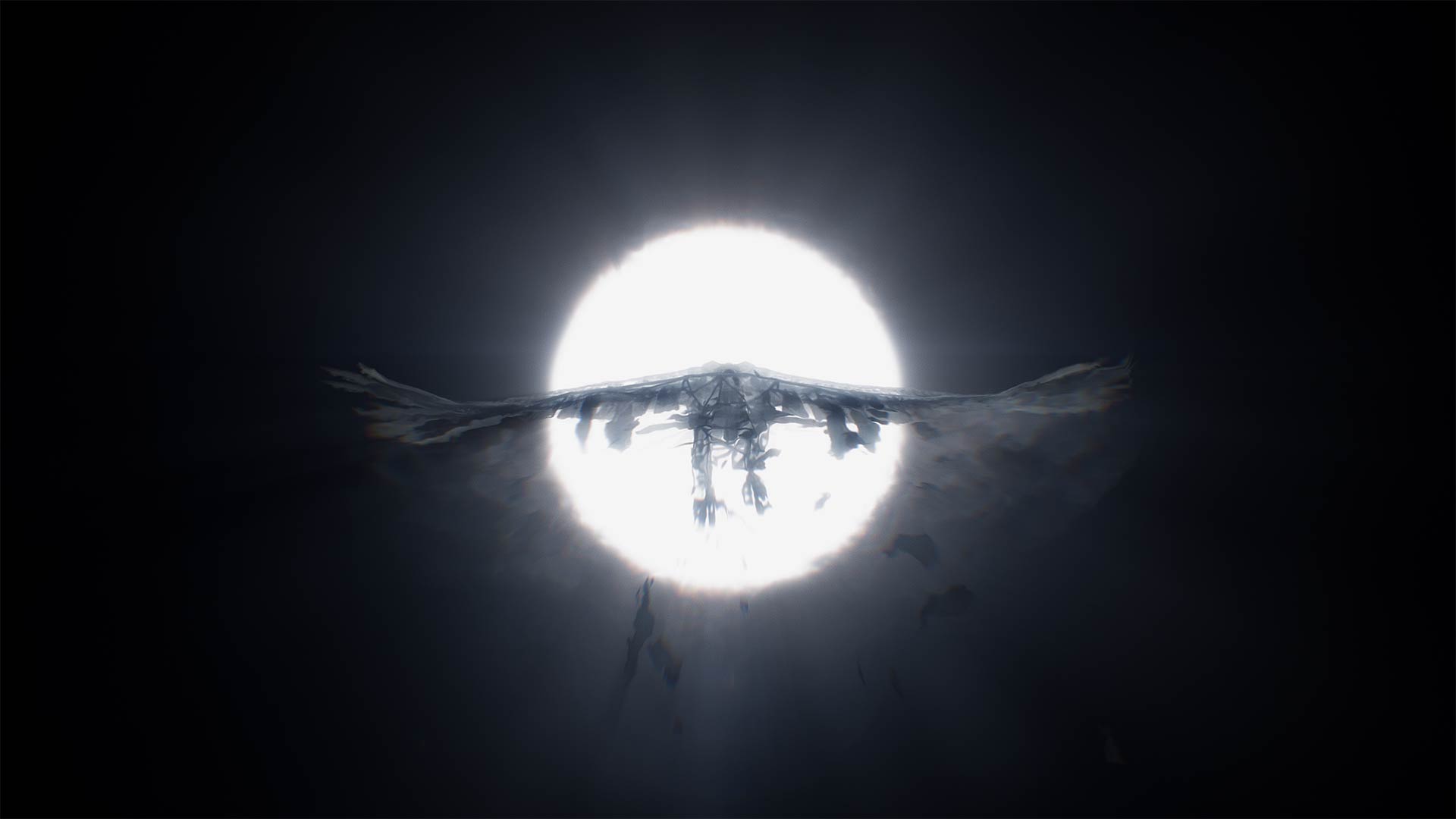
Describe how your team came up with the concept for the updated titles.
We really thought an update was necessary because the show changed so much in season 3. We weren’t dealing with cowboys anymore. The characters were seizing their freedom and taking flight into the world, and the whole season looks at the ideas of free will and fate. We broke the titles down into three elements so we could express those different ideas, like the eagle that takes flight inside a wind tunnel, but it flies to close to the sun like Icarus and burns up.
The petals of a daffodil blow away slowly, but then reform into a superintelligence that’s soullessly calculating fate. And two figures, representing two of the characters, attempt to connect but when they reach out, it’s just a reflection of themselves because it is a fight between companionship and losing a part of yourself.
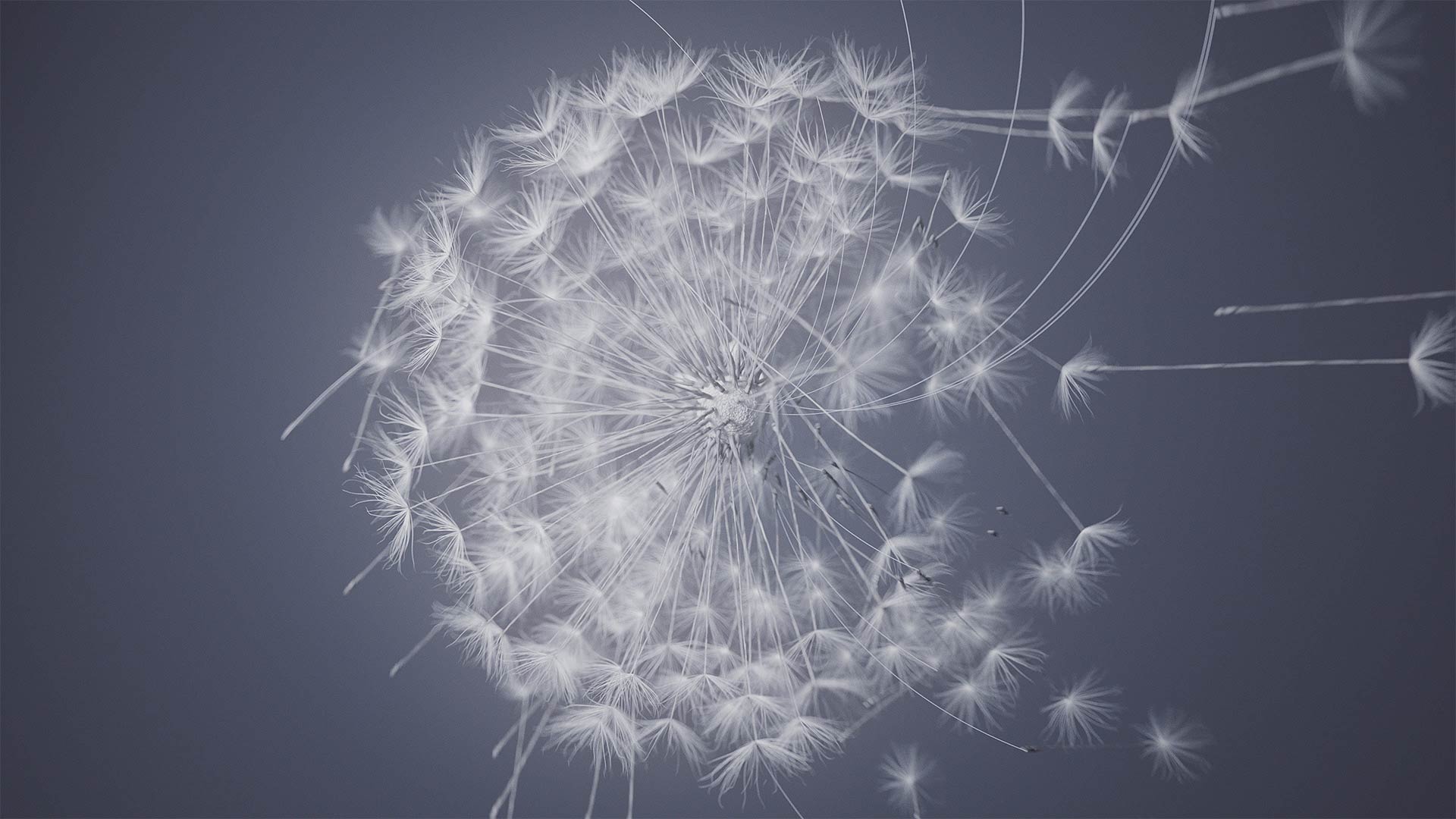
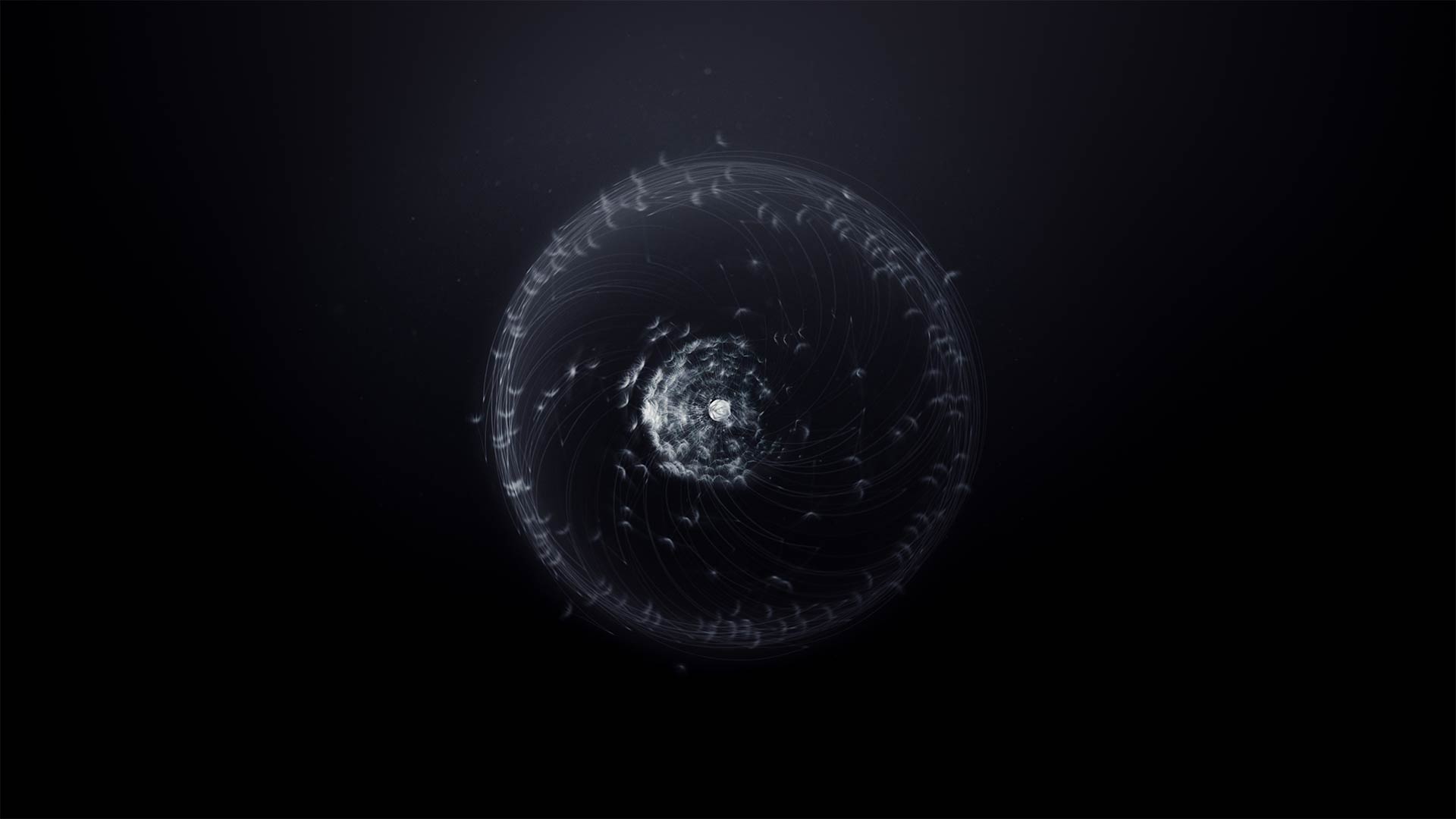
Talk about how and why you used AI as part of the pipeline for the titles.
I have always been fascinated by AI. It’s one of the reasons I wanted to work on Westworld. I met Pinar [Yanardag Delul] at a conference and she told me about how her company, AI Fiction, has been developing artificial intelligence to do things like help write short stories or design graffiti using neural networks. Since the characters left the park, I thought it would be interesting to create machine memories or dreams that they might have, so AI researchers trained a neural network by feeding it 1.7 million images from Westworld season 1 and 2.
Then, we used an algorithm so the AI could discover visual patterns in the material and make connections that became the dreams, which are very abstract, like hallucinations. Those images were very low resolution, so we used another neural network to scale everything up to the required 4K for the title sequence. You only see them for a brief moment in the titles, but I really like how they’re kind of bizarre and impressionistic.

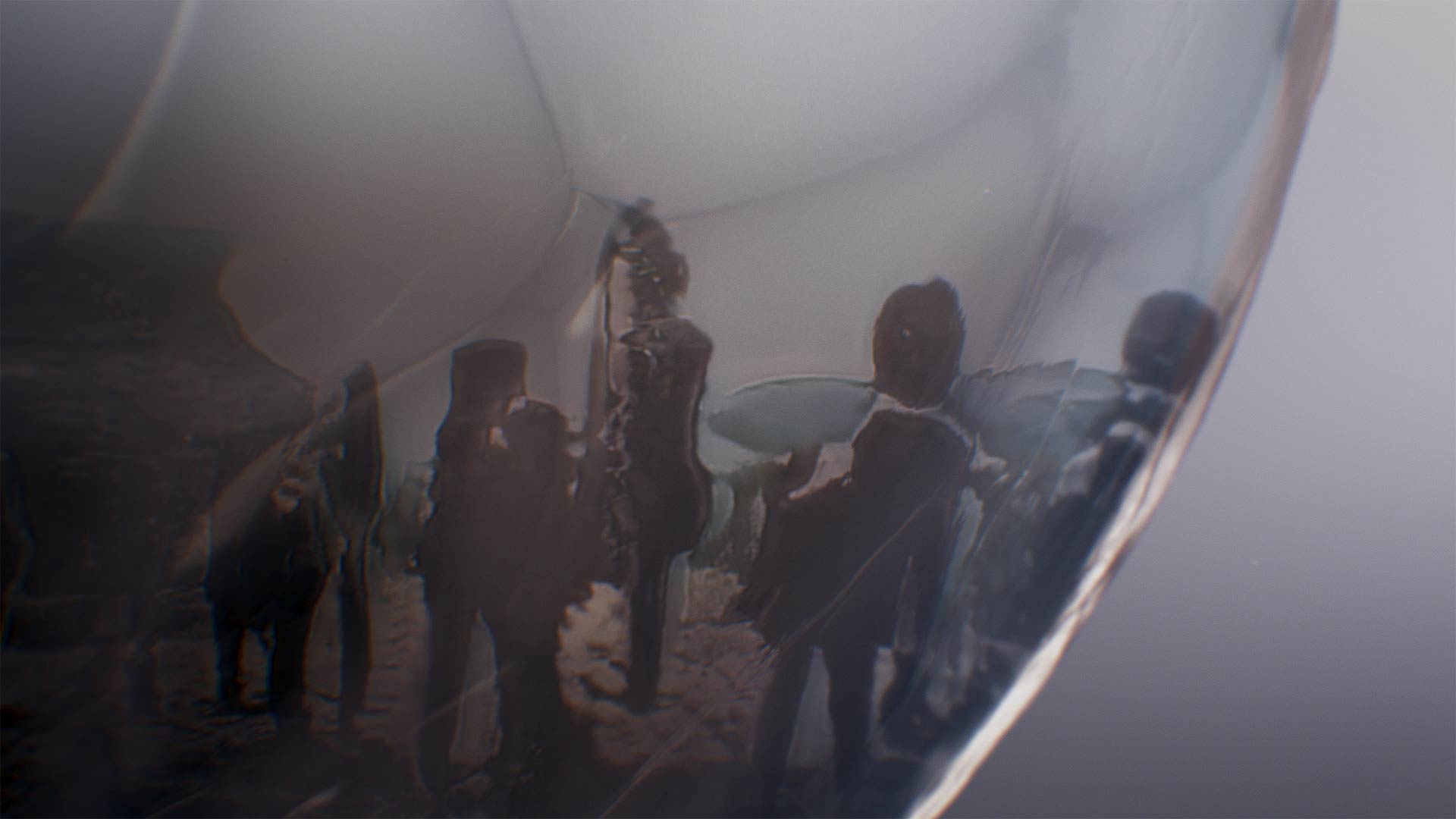
We found some incredible footage of cells dividing and our animation team recreated it. It was very challenging and looks pretty magical. We use the cell and membrane on top as the container for the reflection of the AI-generated image we chose. What’s really fascinating is that the AI algorithm looks at each image and compares it to what it’s already seen, placing them over and over each other into kind of a digital Westworld cheese that exists in multiple dimensions. Slicing the cheese in different ways gives you a different image every time.
I’d like to explore this way of working further because there are so many possibilities. It’s like working on the fuzzy edge of what’s possible, and if Westworld goes for a couple more seasons, who knows what we’ll be able to do. (Learn more about Antibody’s use of AI here)
Walk us through your process for making these titles.
It always begins with a conversation, and we usually sit down with their team about the time they’re finished shooting and pull as much varied imagery as we can. For Westworld we mostly pulled iconic images of the Wild West, and we also looked at a lot of classical statues to see the poses of people and how art expresses longing and desire, loss or love. At the same time, we were looking at 3D printing and catalogs of industrial robots and organs being grown in petri dishes.
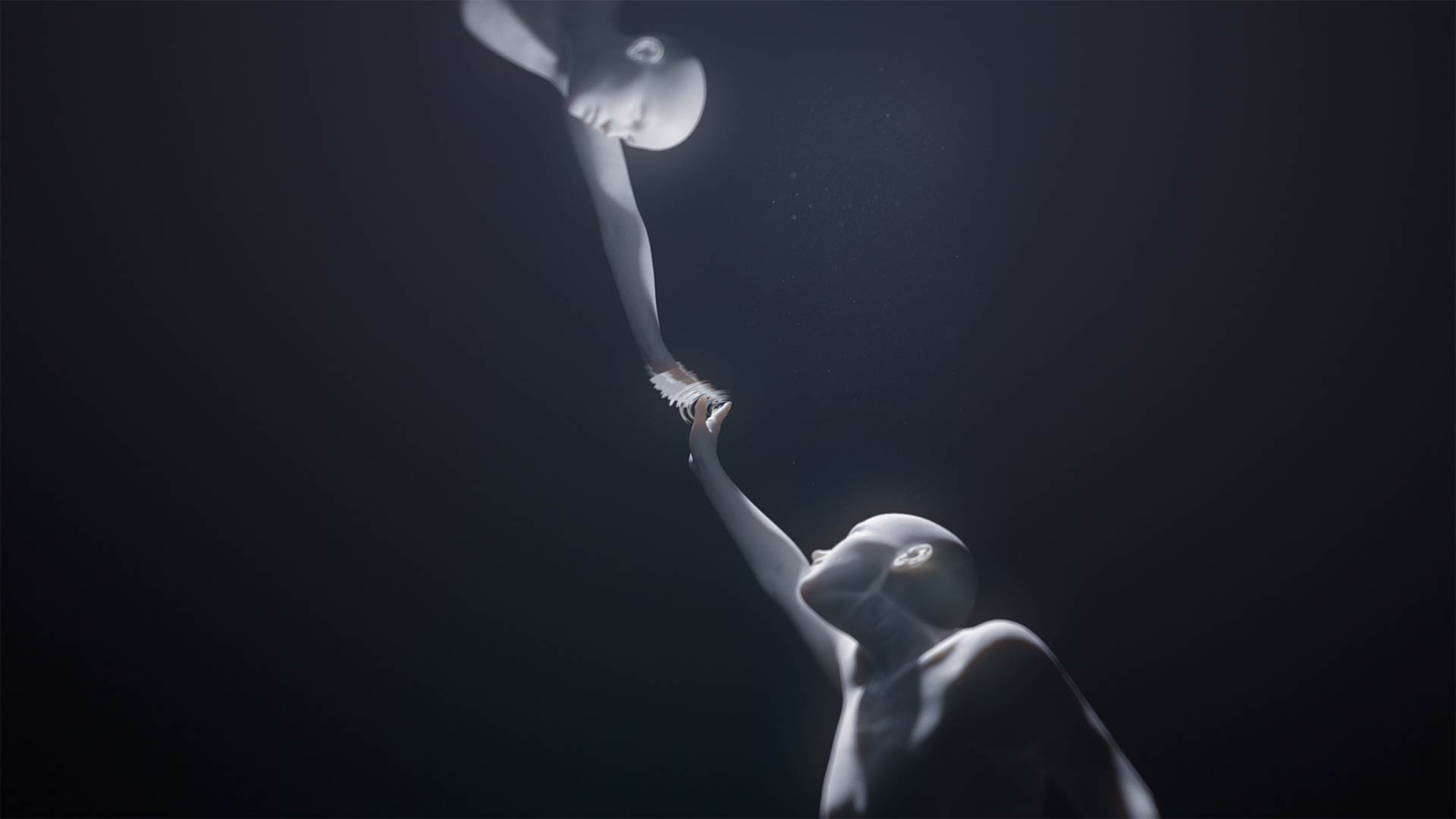
We put all of those images together so we could look for relationships. We work with a great storyboard artist who draws rough sketches, and then we go back to the whole team and show them what we think it should be. There’s usually a lot of debate and things can change three or four times. Next we started sculpting models of people and animals, using ZBrush for more organic forms and C4D for things like robotic arms.
The rough animatic focuses on the pace, not lighting, and we cut in sketches with music and gray-shaded rudimentary CGI. Then we start to render and that’s where the GPUs come in. GPUs are what’s made it possible to add polished CGI to our main title sequences. We use Octane and we no longer need vast teams of people to create things that are really expressive and interesting.
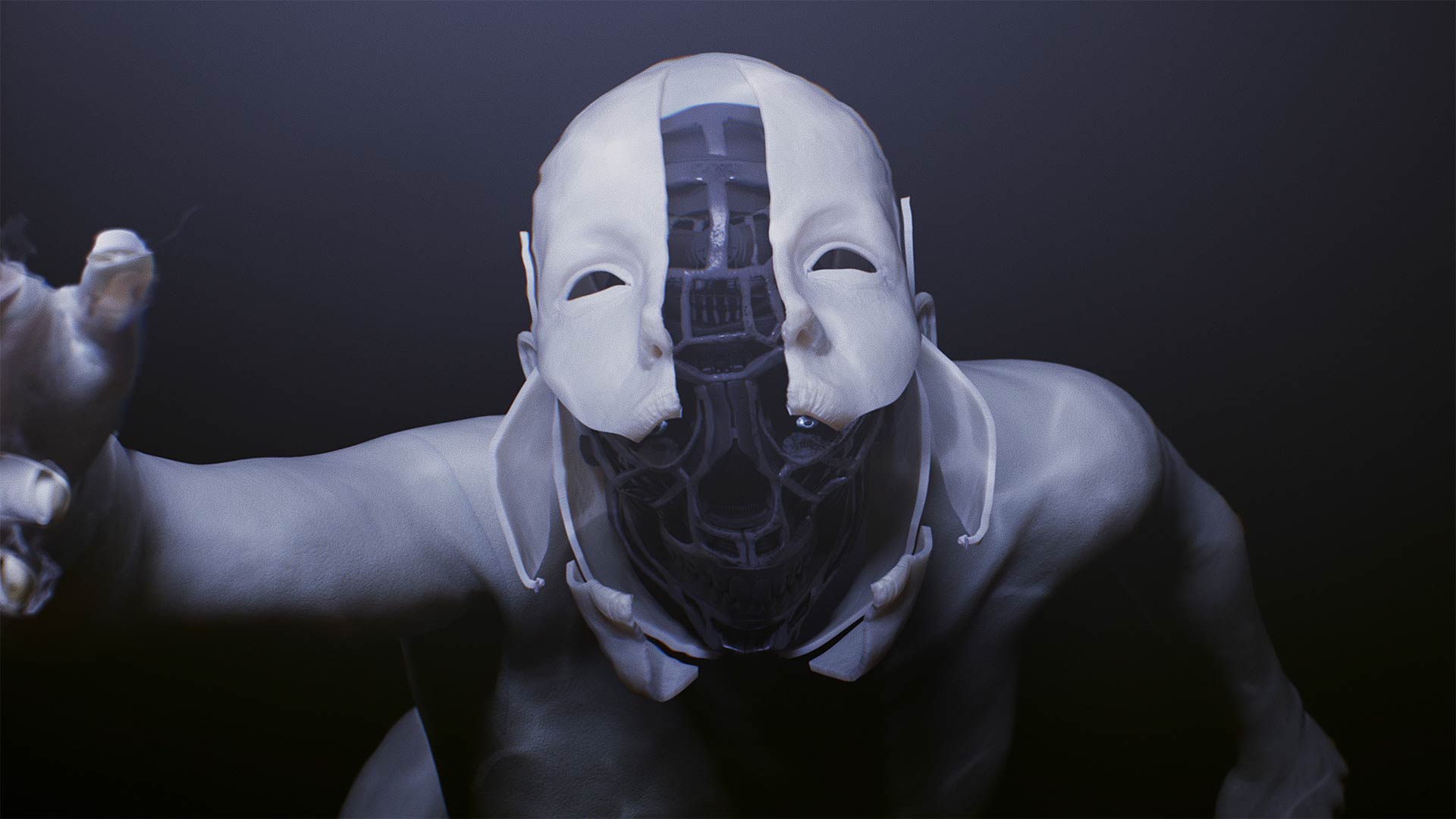
What’s so interesting about Westworld is that there are so many different things that you can do, and we try to not be literal. In season 3 the characters are really going through a journey of self-discovery and there is so much introspection. Are they robots or do they have a soul? What do they need to leave behind to evolve to the next level as independent beings? Questions like that really make you look through a different lens.
Credits:
Client: HBO, Kilter Films
Production: Antibody
CD: Patrick Clair
Lead animator/compositor: Raoul Marks
Animator: Kyle Moore
3D modeler: Jessica Hurst
Storyboard artist: Lance Slaton
EP: Carol Salek
Managing partner: Bridget Walsh
Neural networks: AI Fiction
Team: Dr. Pinar Yanardag Delul, Omer Kirbiyik, Enis Simsar
Music: Ramin Djawadi
Meleah Maynard is a writer and editor in Minneapolis, Minnesota.


